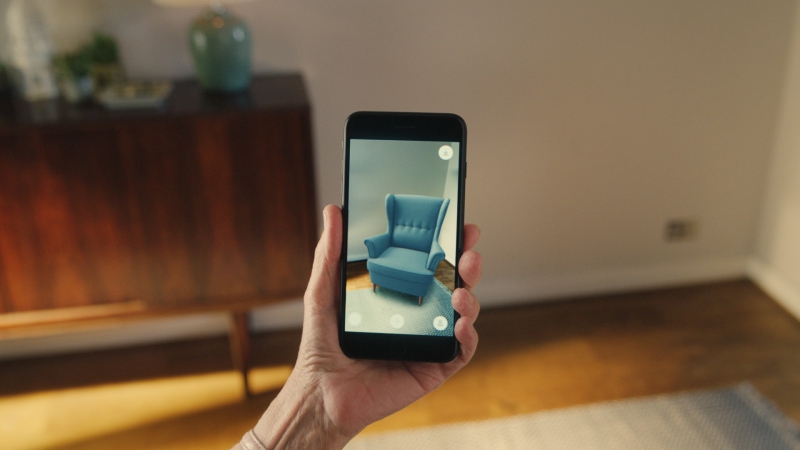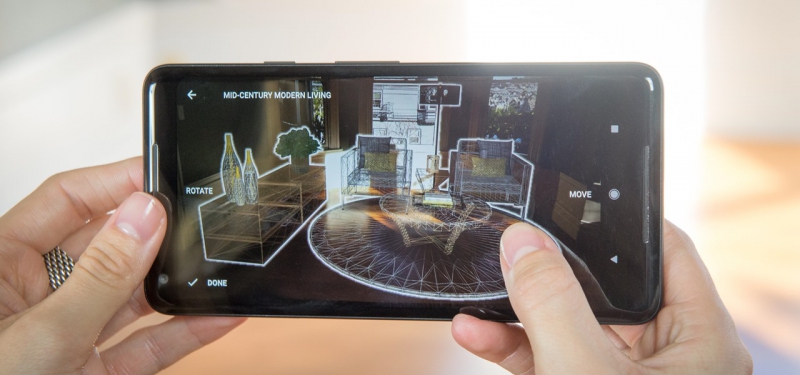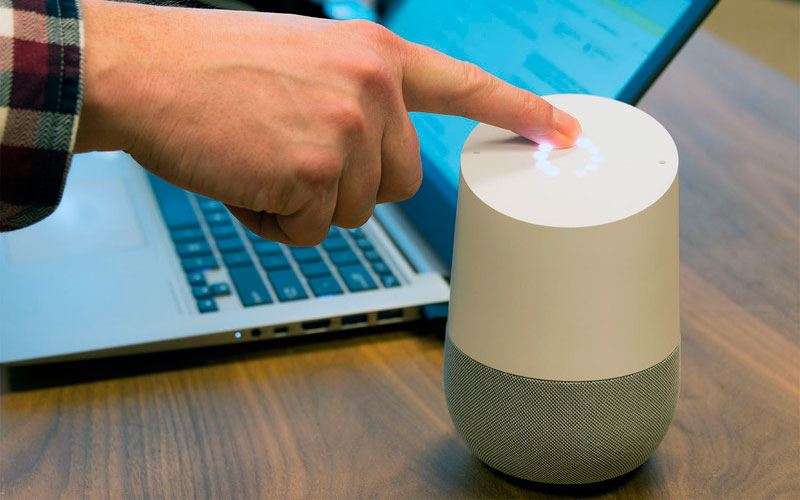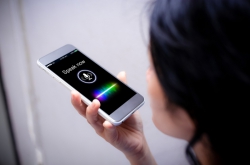Rise of AR
Voice assistants can order you a pizza, check the news, and do small talk; meanwhile, augmented reality is about to become big in business, reports Think with Google.
In 2016, IKEA launched its own AR app to help its customers “try on” new furniture. Now, major retail companies like Amazon are following in the Swedish company’s footsteps. Even Coca-Cola has released an AR app for NASCAR fans; the beverage giant is reaching out to racing fans, while NASCAR is drawing in a millennial audience. According to Harvard Business Review, global investments into AR will surpass $60 billion by 2020.

And what about VR, the prospects of which have been a hot topic of recent years? Experts don’t expect much from the technology anytime soon.
“I’m interested in how VR will stagnate in 2019. The tech community have had such a desire to force this on the market without any real demand. Whilst there are some sectors like healthcare that might be able to adopt VR, as an entertainment vehicle, it won’t work. This is down to the lack of compatibility, the cost and the customer apathy associated with it. I anticipate that it will perhaps lead the way for third generation VR,” says Craig Johson, director of Kagool.
Another expert, Daniel Newman, the CEO of Broadsuite Media Group and a principal analyst at Futurum Research, says that it’s still hard to find applications for VR outside of the gaming industry and niche apps.

“Instead, augmented reality (AR)—VR’s less sexy little brother—continues to be the name of the game in 2019 digital transformation trends. AR has found tons of use cases in enterprise workforce training, meaning it’s not just cool, it’s useful. And that’s what technology is all about. In fact, even though some think it will be slow, I believe AR’s development will ramp up in 2019. I’m even bracing to hear something about a new AR or mixed reality product and/or developer kit on September 12 from Apple’s big announcement. Hopefully something promising,” he writes in a Forbes column.
Voice technologies
Voice-based search technologies keep growing in popularity. Gartner predicts that by 2020 30% of all webpage visits will be made through voice assistants. Among the technology’s growth drivers are: its presence on smartphones, the interest in “smart speakers”, and the introduction of voice-controlled home appliances.

H&M Home, for instance, has introduced an app that pairs up with Google Assistant to provide home décor advice. The pizza chain Domino’s uses Google’s voice assistant to make the process of ordering a pizza quicker, and retailers ASOS and Argos let Google Home users make orders using their smart speaker or smartphone. According to NPD Group forecasts, sales of smart speakers will grow by 50% in late 2019.
Marketers will soon begin to optimize online content for voice search technology; this content rehaul, Google says, is bound to be one of the next year’s biggest trends. For most users, voice queries are easier to formulate and are twice as long on average.
“I expect to see continued growth in voice search. This is beginning to get real momentum now and soon I expect it to become standard to include voice search in digital strategy. The overall prediction in the industry is that voice search will soon make up nearly half of all searches in the UK, as well as greater adoption of virtual assistants into everyday life. For digital marketers this will impact the way we optimise for search,” notes Georgina Rayner, head of search at Kagool.
Chatbot revolution
According to Garner, by 2020 85% of all brand-to-consumer interactions will occur via chatbots and similar technologies. Although for now, the development of this particular technology is slowed down by consumer conservatism; according to Statista, only 34% of survey respondents prefer chatbots to other, more traditional online communication modes. Their opinions may change with the emergence of a new generation of AI bots.

In 2019 companies will shift funding from mobile app development towards the creation of chatbots, says Mollie Powles, the marketing & PR manager for the Browser Media agency.
“Chatbots are better suited to mobile purchasing as they bring the point of sale to the customer’s screen, whereas mobile apps direct customers to products, creating a longer journey and therefore reducing the likelihood of a conversion. We are already seeing a shift towards chatbots for simple everyday e-commerce transactions such as ordering a pizza or a taxi and it’s estimated that by 2020, chatbots will be used in 85 per cent of all B2C interactions,” says the expert.
Data analysis
Weather forecasts, road traffic rates, and everything else you search for online is helping companies identify the hidden patterns in customer behavior and offer you services before you even know you need them. Today’s consumers spend around 177 minutes on their phone every day, and check their phone 150 times a day. Each of these actions may eventually lead the user to make a purchase; these “micromoments”, as Google calls them, are of interest to businesses.
A few recent cases show how ingenious use of data analysis can motivate customers. The US hotel chain Red Roof Inn used flight delay reports to provide targeted mobile ads to travelers. If there was a Red Roof Inn near an airport, the users at that airport would get a laconic “Stuck at the airport? Come to us” ad on their phone. This smart use of micromoments increased the chain’s order volume by 60%.

According to expert predictions, the prospects of using such technologies will only grow.
“Data is key to companies being able to make good decisions about products, services, employees, strategy and more. We won’t see a slowdown anytime soon. As recent data has shown we have created 90% of the world’s data in the past year, research is also showing that we are only using 1% of the data effectively. With improved processing power that can increase machine learning, we are going to see digital leaders investing in making more of their data and this will be done with machine learning and AI and I believe that 1% figure will grow to 3 or 4% by 2020; which may seem small but is a massive increase in data utilization,” explains Daniel Newman.





